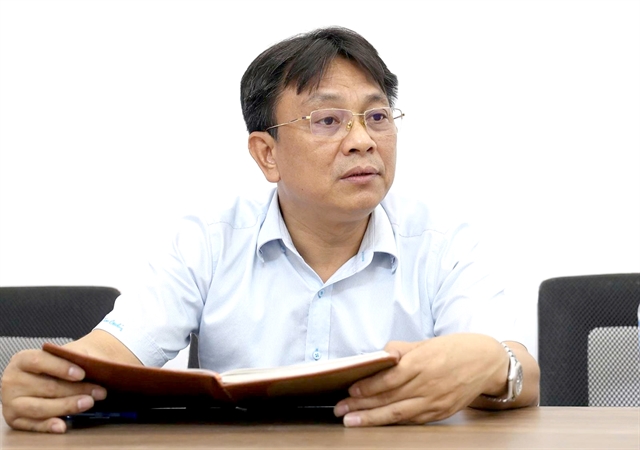 Opinion
Opinion

 |
| Lê Văn Châm, director of the Institute for Research and Application of New Technologies. — VNA/VNS Photo |
Việt Nam is embracing artificial intelligence (AI) as a core technology for its future, aiming to harness innovation while avoiding the pitfalls of overhyped investment. Amid global debates about AI bubbles and inflated expectations, experts are asking how the country can strike the right balance between enthusiasm and strategic planning.
A Tin tức và Dân tộc (News and Ethnic Affairs) newspaper reporter spoke with Lê Văn Châm, director of the Institute for Research and Application of New Technologies, about Việt Nam’s approach to developing and investing in AI.
How would you describe the current state of AI development and investment in Việt Nam? Is there a risk of an 'AI bubble' like we’ve seen elsewhere?
Việt Nam’s AI sector is in a dynamic phase of early growth. We are seeing strong momentum, with both domestic and foreign-invested technology companies integrating AI into finance, healthcare, education and manufacturing. While the market is still modest in size compared to global players, the growth rate is impressive.
Unlike the US or Europe, Việt Nam has not yet shown any signs of an 'AI bubble.' The main reason is that investment here remains moderate and focused on solving practical problems – such as automating production lines, optimising logistics or improving customer service.
At this stage, the risk of a bubble is low. But it could emerge in the future if investment starts to follow trends rather than strategy – if people chase hype without a long-term plan.
What should Vietnamese businesses do to avoid an AI investment bubble?
There are three key principles, in my view.
First, businesses should tie AI investment directly to real-world needs. It is important to apply AI to concrete problems, not just because it is fashionable.
Second, companies must invest in people – build teams of skilled professionals and work closely with research institutes and universities. That is how we ensure a strong scientific and technological foundation.
Third, AI investment needs to be guided by careful risk management and a clear business plan. Spending heavily without considering profitability is dangerous.
If we follow those principles, AI will not be just a short-lived trend; it will become a true driver of productivity and competitiveness for Vietnamese enterprises in the long term.
Developing AI requires major capital, and the Government has identified it as one of 11 strategic technologies. What kind of support do you think the State should provide?
In June 2025, the Government named AI among its 11 strategic technology products. It is already being widely applied in daily life, but in Việt Nam, this field has only begun to take off in recent years.
Experience from major global tech companies shows that AI demands huge investment – in funding, in equipment and especially in human capital. Some Vietnamese firms have begun cooperating and transferring AI technologies, but mastering them fully will take time and resources.
That is why State support is crucial. The Government should prioritise funding scientific research projects focused on AI and help institutions apply these technologies effectively.
Funding should come from both public and private sources, with clear, transparent and equitable access for public and private organisations alike. — VNS




